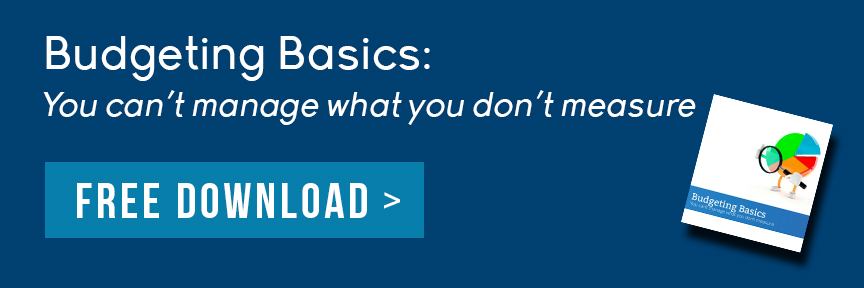How does your organization decide where to spend its money? The decisions you make are a reflection of your collective values, habit and compromise. Developing a budget for your organization helps ensure that your spending is based on conscious intention. Monitoring it helps you stay on track to meet your goals and walk your talk. Fun, right? It can be!
The Vision
Before you even start putting numbers to paper, you will want to make sure that your Board agrees on common goals. Have those hard conversations first. This is the time to schedule a retreat with your board members, whether that means a weekend at a beach side resort or Monday evening in the school library. Be prepared to deal with big issues. Make sure everyone gets heard. Also consider surveying your membership – this can be as simple or elaborate as you please, and helps you to stay in touch with the people whose interests you are serving.
Which services are you committed to providing?
Having reached agreement about your goals, identify the key activities and programs you will spend money on, as well as administrative expenses that arise each year. Examine what your group actually spent in each of these areas over the last year or two, and come up with an estimate of how much you need for the upcoming year. Providing sub-totals for each area can be very informative. And if your group has fallen into a pattern of just using last year’s budget numbers again – try something new this year – look at what was actually spent!
Set some money aside.
Your next step is to “reserve” some money for carry over to the next year. How much is right for your organization? If you plan your major fundraising activities early in your financial year, you can get by with less carry over. But if you have major financial commitments each year, you will want to ensure that you have a reserve sufficient to meet these, just in case your fundraisers don’t do as well as planned.
Where’s the money coming from?
Get a total of how much you need to raise and be clear about how you plan to do it. What are the ways your organization has raised money in the past? Go through the same exercise: look at your income over the last year or two including membership fees and fundraisers. What will you repeat? What was successful? What’s not working? What’s realistic? And please remember that money isn’t the only thing to measure here. How many volunteer hours will each activity take? Is it worth it for the return?
Behold, the balancing act…
Look at the two lists: income and expenses. If your expenses outweigh your income, you probably know the two alternatives: cut back on your expenses or increase your income. Which will better serve your membership? Can you add another fundraiser? Should you eliminate or reduce the scope of a particular activity? Request more volunteer time or effort? If your income outweighs your expenses, you also have decisions to make. Do you cut back on fundraising and give your volunteers a break? Or do you raise the bar and provide even more services this year?

 Connect your Venmo account to MoneyMinder PRO to directly download transactions, saving you time and effort. You just review the transactions to ensure they are properly categorized and fill out any required fields.
Connect your Venmo account to MoneyMinder PRO to directly download transactions, saving you time and effort. You just review the transactions to ensure they are properly categorized and fill out any required fields. Connect your Bank, Square and PayPal accounts to MoneyMinder PRO to directly download transactions, saving you time and effort. You just review the transactions to ensure they are properly categorized and fill out any required fields.
Connect your Bank, Square and PayPal accounts to MoneyMinder PRO to directly download transactions, saving you time and effort. You just review the transactions to ensure they are properly categorized and fill out any required fields. Connect your Bank, Paypal and Square accounts to MoneyMinder PRO to directly download transactions, saving you time and effort. You just review the transactions to ensure they are properly categorized and fill out any required fields.
Connect your Bank, Paypal and Square accounts to MoneyMinder PRO to directly download transactions, saving you time and effort. You just review the transactions to ensure they are properly categorized and fill out any required fields. Connect your Bank, Paypal and Square accounts to MoneyMinder PRO to directly download transactions, saving you time and effort. You just review the transactions to ensure they are properly categorized and fill out any required fields.
Connect your Bank, Paypal and Square accounts to MoneyMinder PRO to directly download transactions, saving you time and effort. You just review the transactions to ensure they are properly categorized and fill out any required fields. Join It is a membership management service that helps businesses and nonprofits effectively sell, track, and grow their membership.
Join It is a membership management service that helps businesses and nonprofits effectively sell, track, and grow their membership.